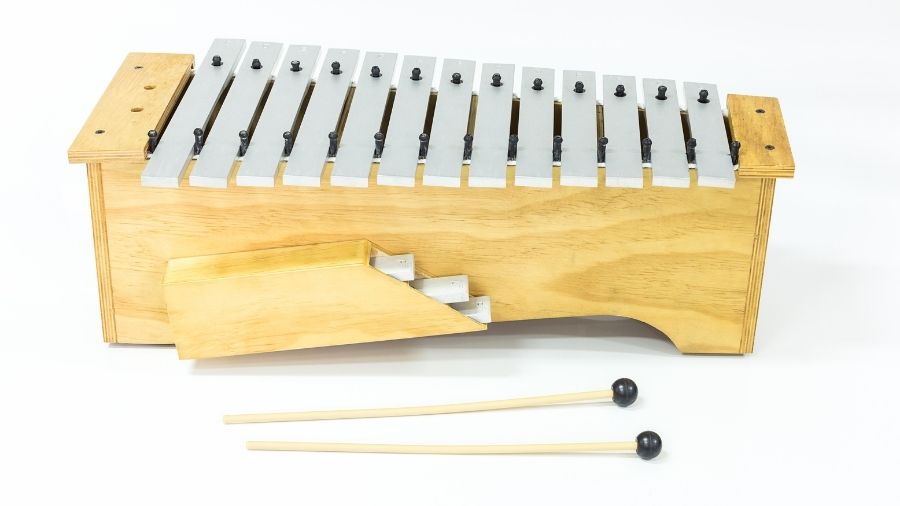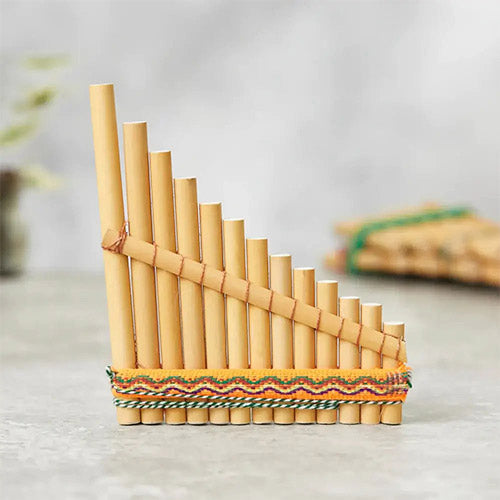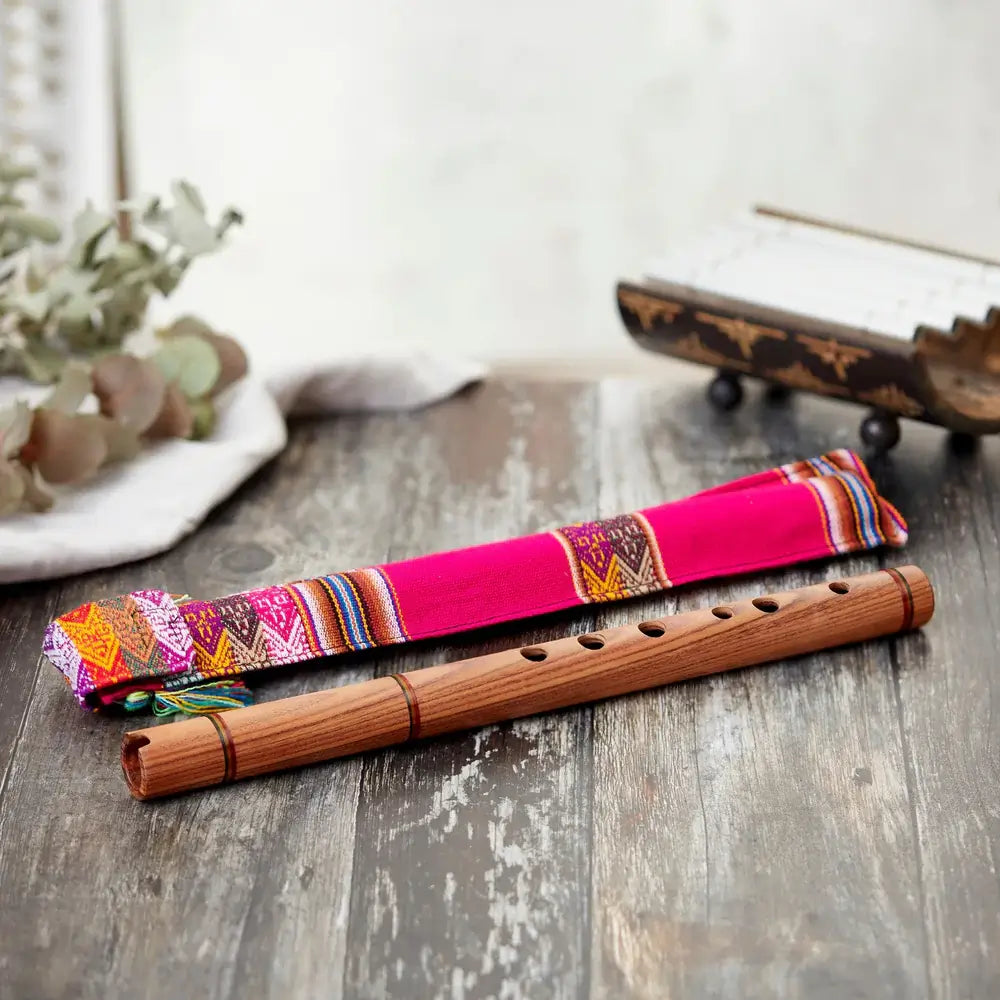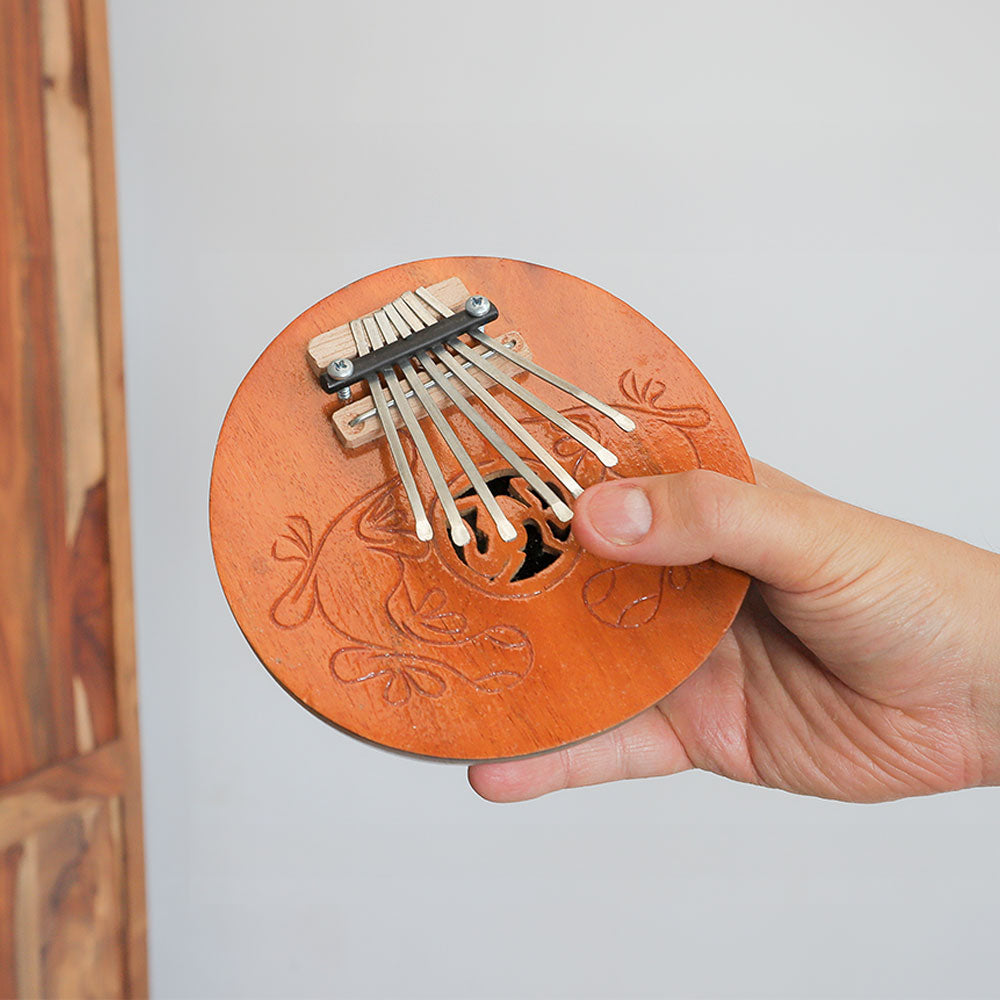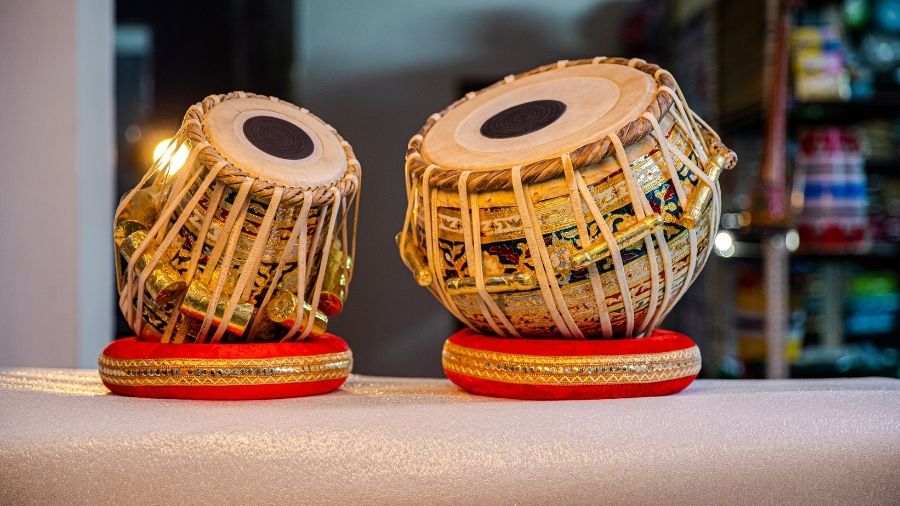Metallophones are enchanting percussion instruments that create shimmering, bell-like tones. Used in everything from classical to contemporary and world music (especially in Orff Schulwerk and gamelan ensembles), they’re perfect for beginners and pros. Whether you're a music educator, a curious hobbyist, or just someone who loves their sound, this guide will help you get started with playing metallophones confidently. If you'd like step-by-step instructions, you can explore The Complete Glockenspiel Player eBook here.
Different Types of Metallophones
Metallophones come in various types, each offering unique tones and uses. Diatonic metallophones, tuned to major scales like C major, are ideal for classrooms and beginners. Chromatic versions include all notes—naturals and sharps/flats—making them suitable for advanced players and full-range melodies. They also come in different pitch ranges: bass metallophones provide deep, resonant support; altos handle mid-range melodies; and sopranos add brightness with higher tones. In Indonesian gamelan ensembles, metallophones are tuned to regional scales and played with distinct techniques, often crafted from bronze for a rich sound.
Click here to check out our range of Metallophones.
Notes and Layout
Metallophones are laid out like a xylophone, with metal bars arranged horizontally over a resonator box and labeled in order—much like the white keys on a piano. Diatonic versions typically span from C to C, while chromatic add-ons provide sharps and flats in a second row, mimicking a full keyboard layout. Some models feature removable bars, allowing players to simplify the instrument by taking out unused notes—ideal for beginners learning scales or improvisation.
Basic Playing Techniques
Playing the metallophone is simple and satisfying—use a rubber mallet for a bright tone or yarn for a softer sound, and strike the center of each bar gently for the best resonance. Avoid the edges to prevent dull tones or damage. Once you're familiar with the layout, try muting notes for a staccato effect, improvising simple tunes, or layering rhythms to explore your creativity.
A common Orff technique is to remove a few bars to limit note choices, helping beginners build confidence and focus. Whether you're in a classroom, learning on your own, or composing, the metallophone offers a fun, expressive way to make music—so grab your mallets and start playing!
Easy Songs to Get Started
We’ve created a large playlist of xylophone tutorial videos that can also be played on the metallophone. With over 130 learning resources available—and more added regularly—there’s plenty to help you get started. We recommend beginning with easy melodies like Mary Had a Little Lamb, Happy Birthday, and Hot Cross Buns to build your confidence and technique. All of these are included in our ebook.
The Only Metallophones Guide You’ll Ever Need!
The Complete Glockenspiel Player eBook is a 40-page resource packed with playing tips, rhythm practice, chord charts and 20 popular songs for all skill levels. Save time with this all-in-one guide—the only resource you need for the xylophone and glockenspiel with instant access to a quality-checked printable PDF.

